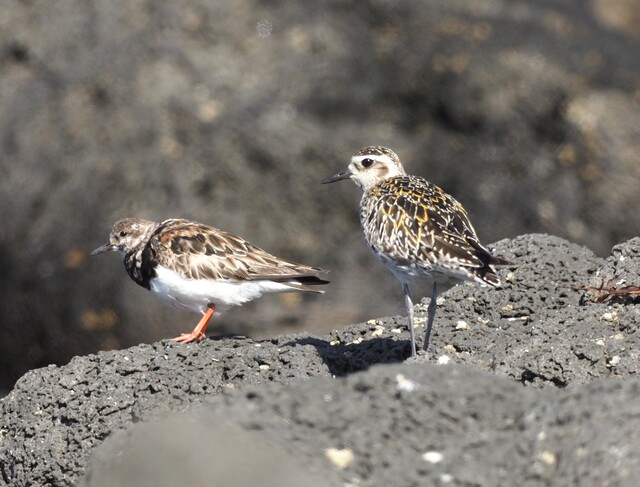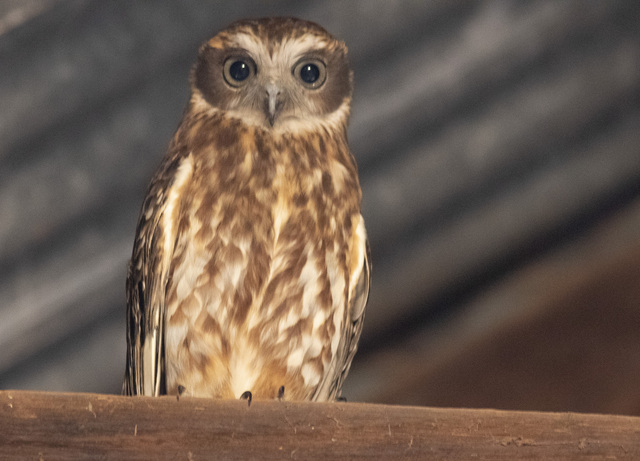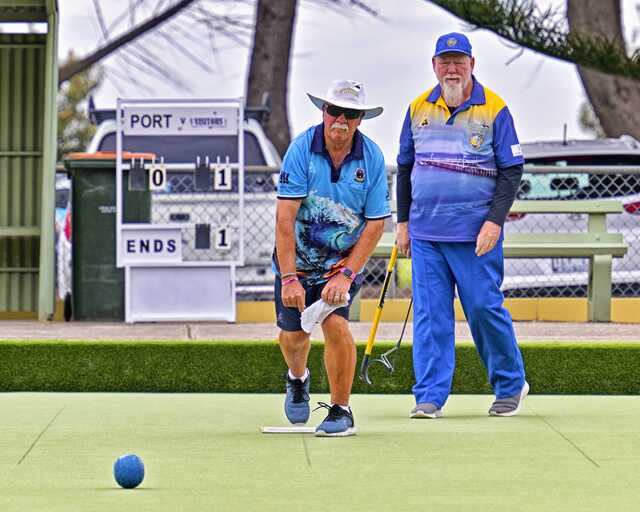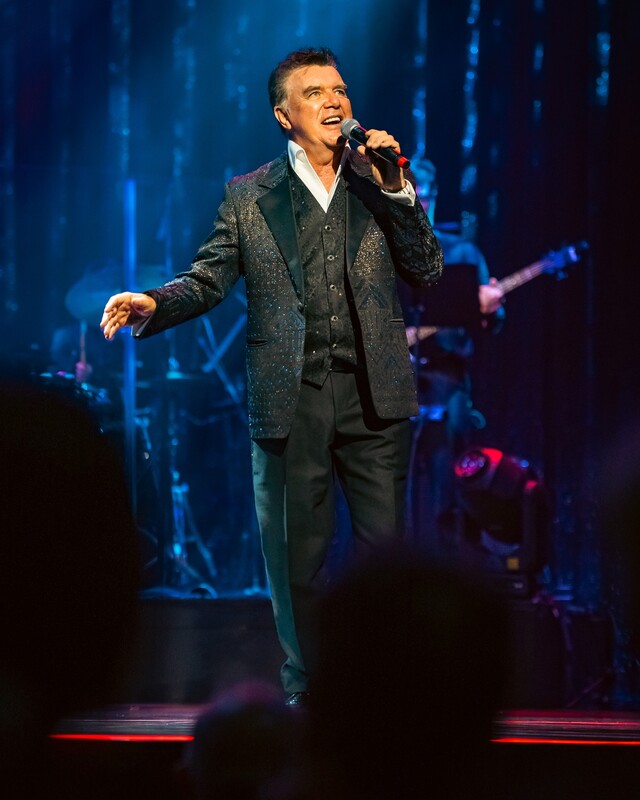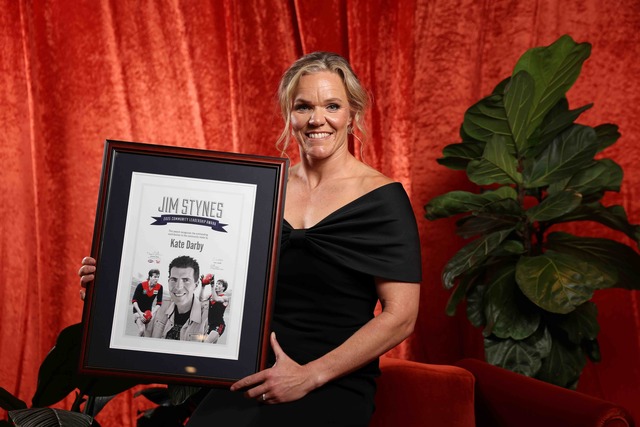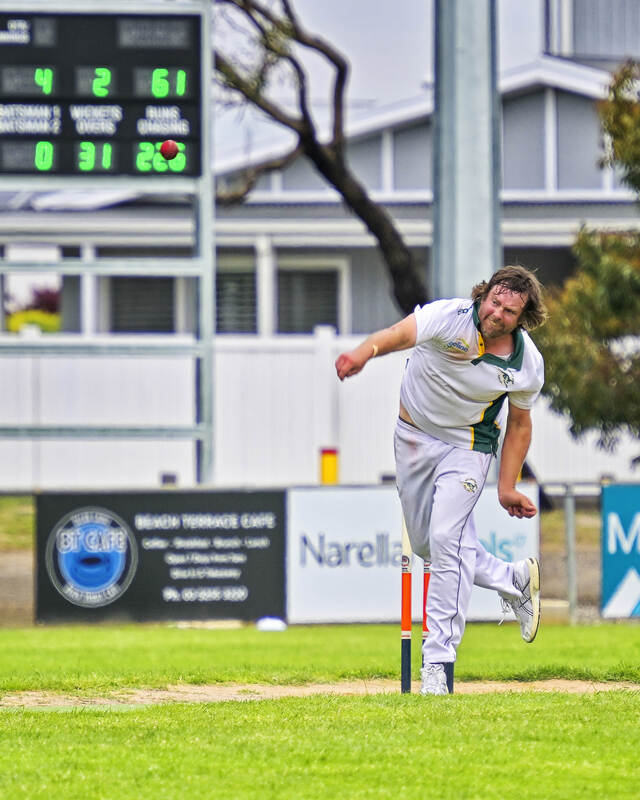I’ve had a week since returning from my USA trip and I haven’t been back to work, so I have managed to fit in some birdwatching.
On the way to Melbourne last Sunday I fitted in a quick trip to Western Treatment Plant.
There was a lot of water in the ponds, so I didn’t manage to see any crakes. I saw hundreds of whiskered terns, in fact everywhere I went on the farm there seemed to be at least 10 of this species.
Whiskered terns spend winter months in northern Australia and partsof Asia, and then return to southern and coastal regions in the spring and summer. The breeding season in Australia is November and December. They construct a nest made up of reeds and water lilies piled up in shallow water.
These birds can be seen flying back and forward, usually in a loose flock, or fluttering above the water to swoop to feed on fish or insects. They are fascinating to watch.
At the treatment plant I had a close encounter with a brolga and spotted a few migratory waders, including a common greenshank and a few bar-tailed godwits.
Western Treatment Plant is always great for raptors and I saw many swamp harriers, black kites, brown falcons, black-shouldered kites, one brown goshawk and a few whistling kites. A raptor a day keeps the doctor away so I’m well for a few weeks after a visit to the farm.
I did have a day trip to Bendigo one day as a family member who has a farm outside Bendigo told me that she had a pair of boobook owls in her woolshed, which meant that it was a compulsory drive to Bendigo.
I saw one of the owls, which was great. The other owl was hiding somewhere. Boobooks are the smallest owls in Australia, and they can be seen in a variety of habitats, from forests, woodlands, farmlands, orchards, suburban gardens, arid land, scrublands and even treeless plains. I can add farm woolsheds to that list.
On the farm I was also thrilled to see a small flock of cockatiels on a bare tree, but they saw me first and flew off in unison before I managed a photo.
I received a message from Lynette, who had some wood ducks nest in the yellow gums on her property. When the ducks proceeded to march the hatchlings from Lynette’s place to Blue Waters Lake, Lynette and her husband decided to gather the family up into a cage and drive them down to the lake, so that they wouldn’t have to negotiate busy Thacker Street in Ocean Grove.
I noticed that the small farm dam on the ‘big dipper’, which was a lovely habitat for waterfowl and possibly Latham’s snipe, has had vegetation around it removed. I don’t know why developers are permitted to modify such habitats. Lynette’s ducks would have been happy to walk to this dam, had it still been available.
I received an email from Alan, who took a photo at the west end of Thirteenth Beach of migratory shorebirds, namely a ruddy turnstone and a Pacific golden plover (which was one of five that were present). Alan also told me that he had no other exciting bird news other than seeing a Latham’s snipe at Ocean Grove Club, which zig-zagged in front of him on the 8th fairway. Alan said this was the closest that he came to a birdie all day.
The hooded plovers that live on the beaches around the Bellarine are currently nesting, so please take care when walking dogs on the beaches that they are kept on leads in areas where signs are present. Some nests have already failed due to high tides washing the nests away.


